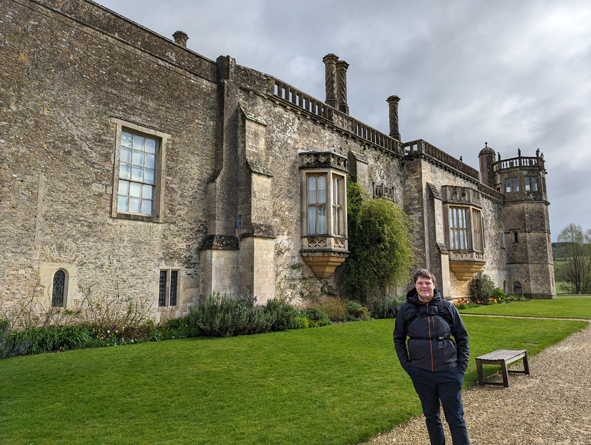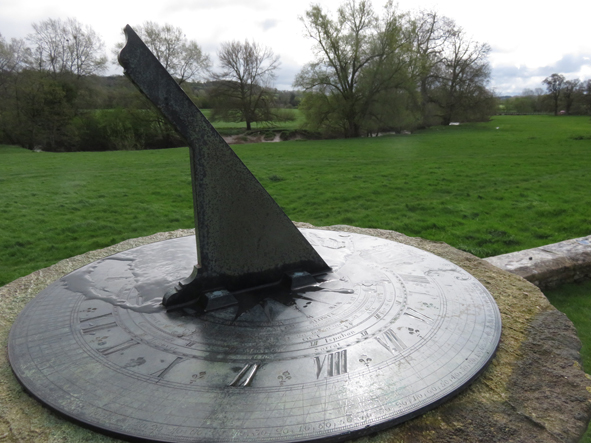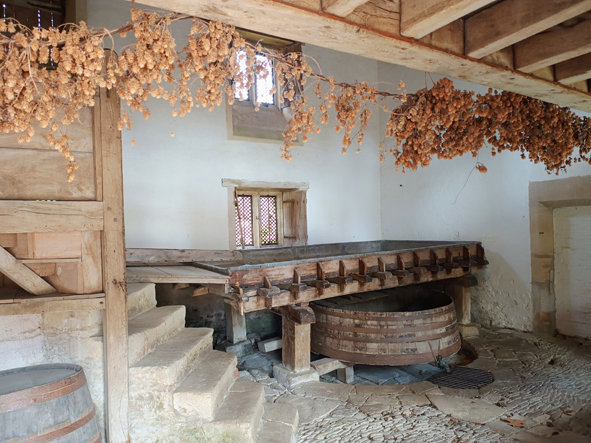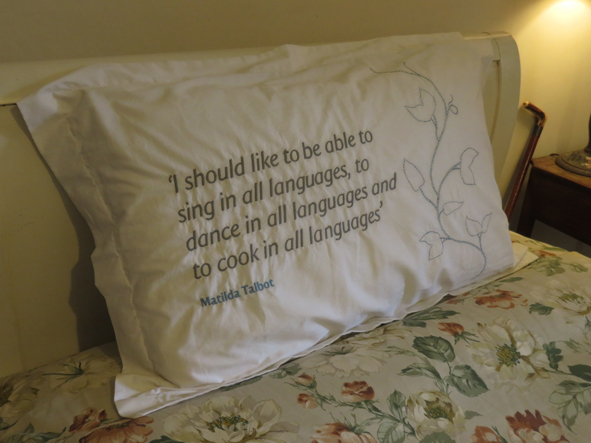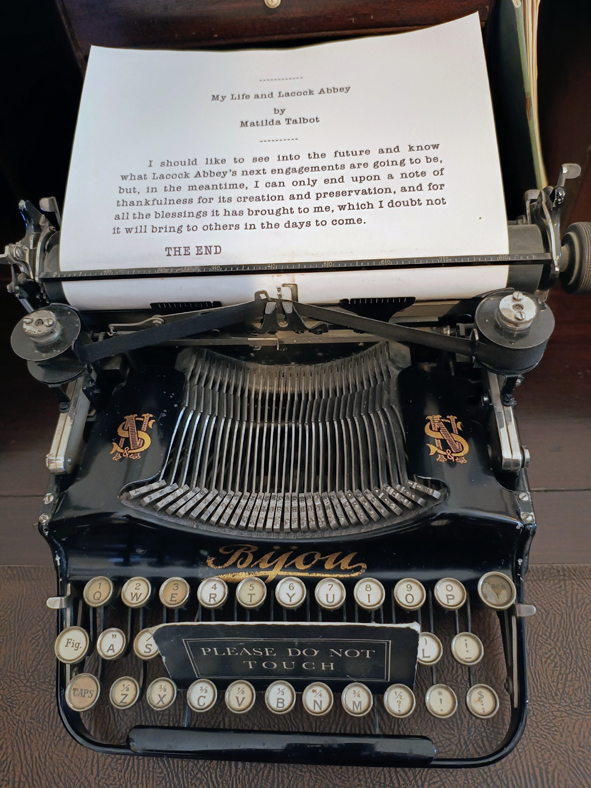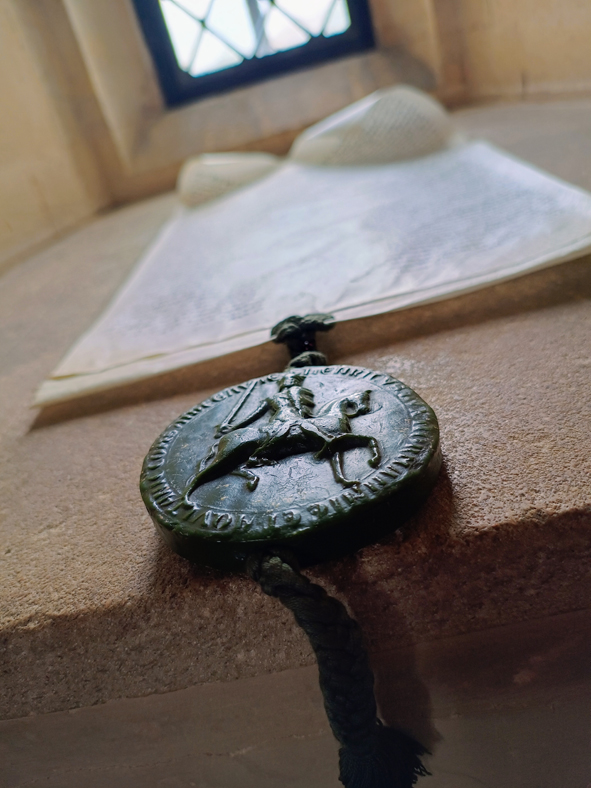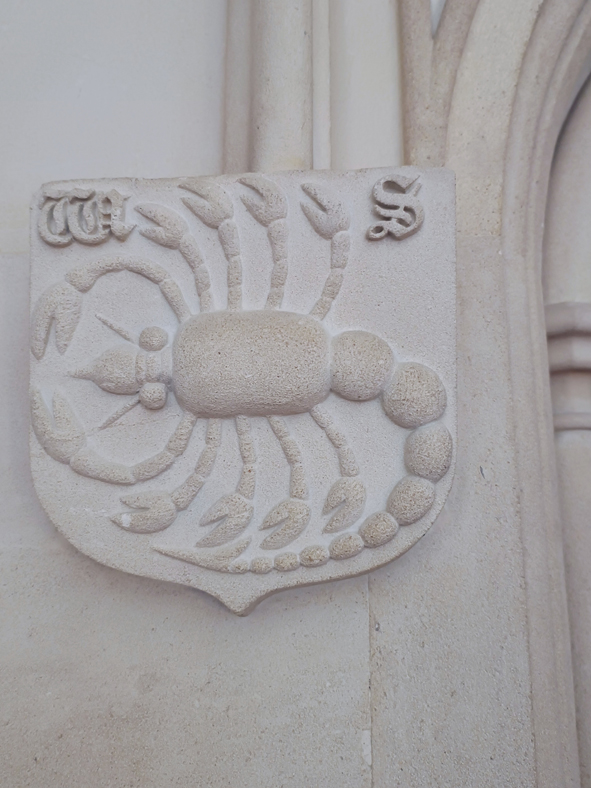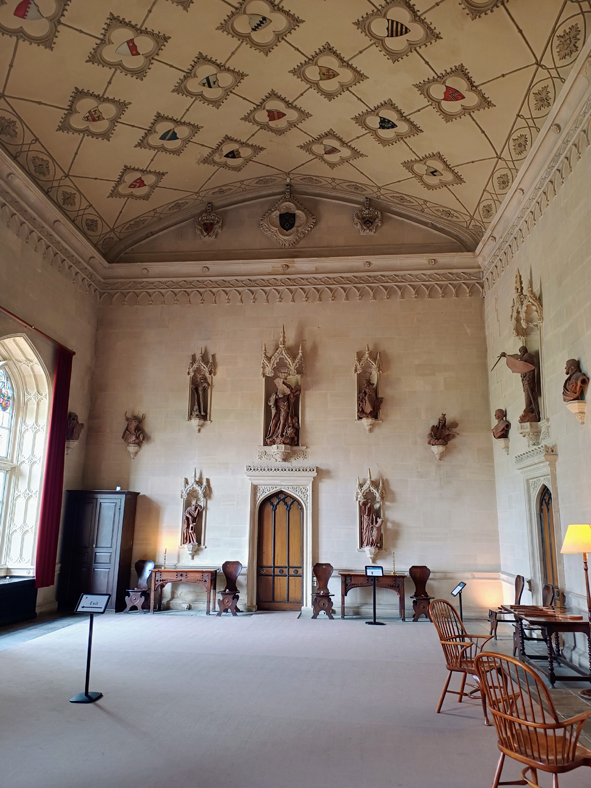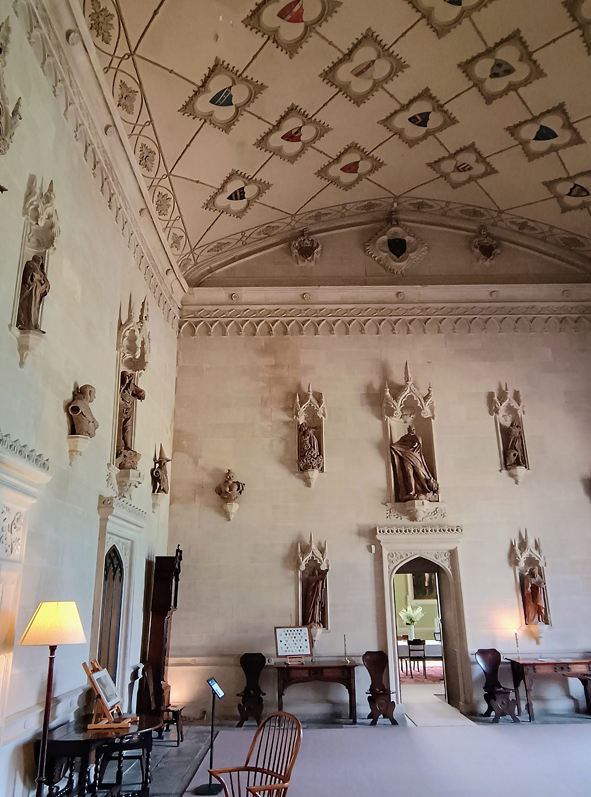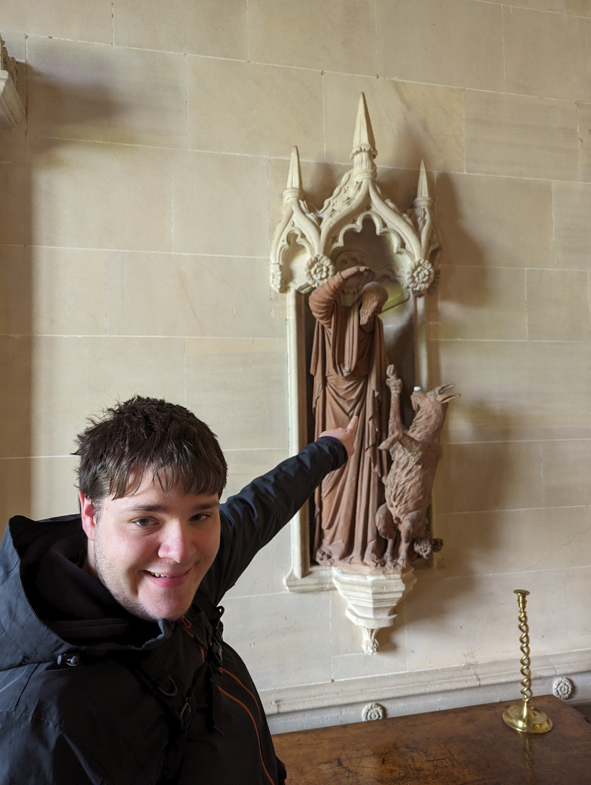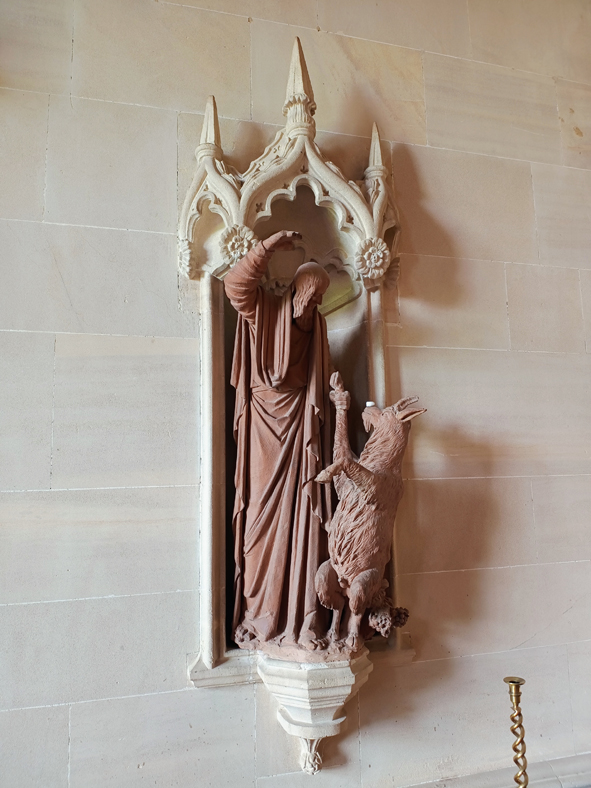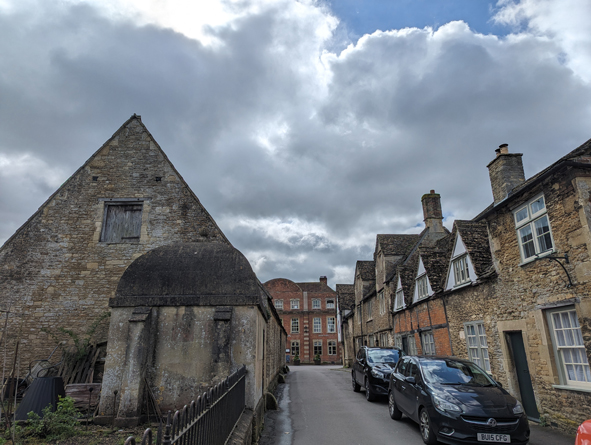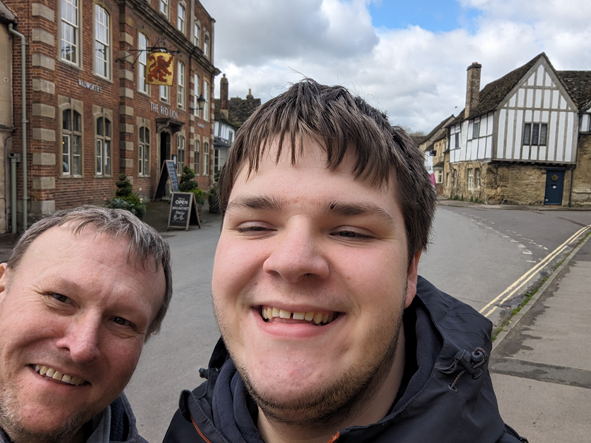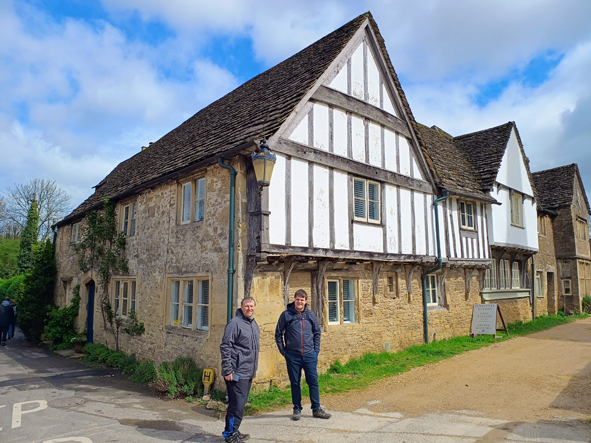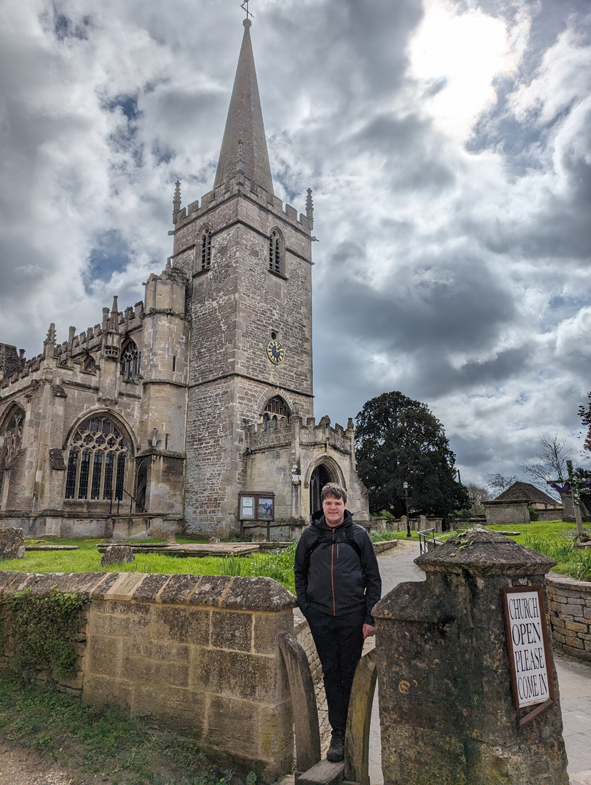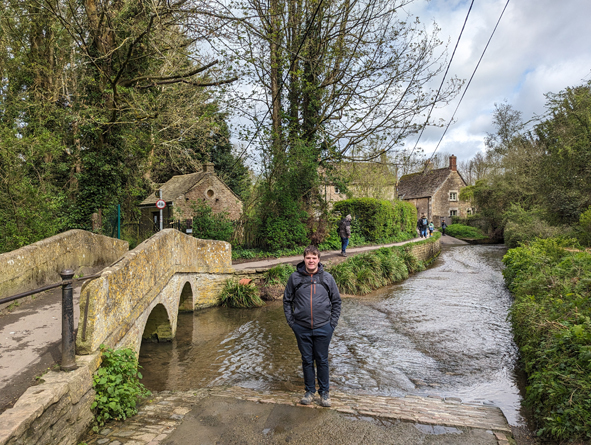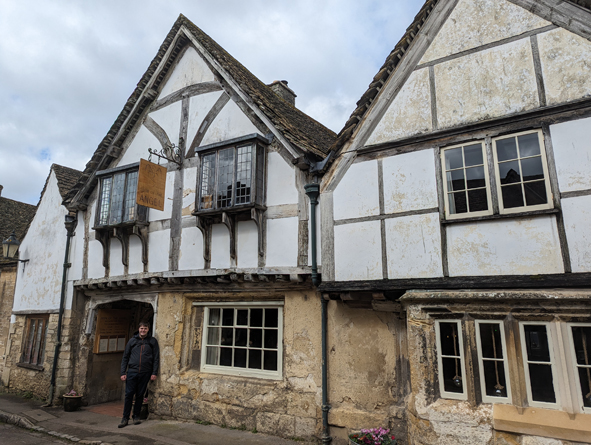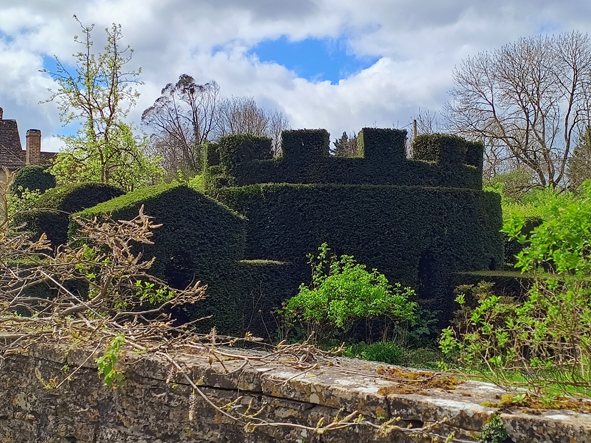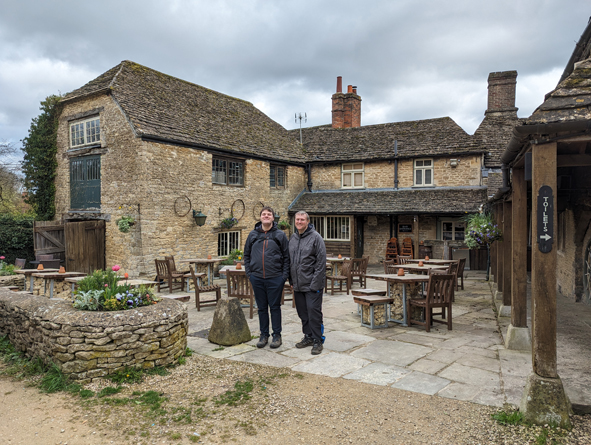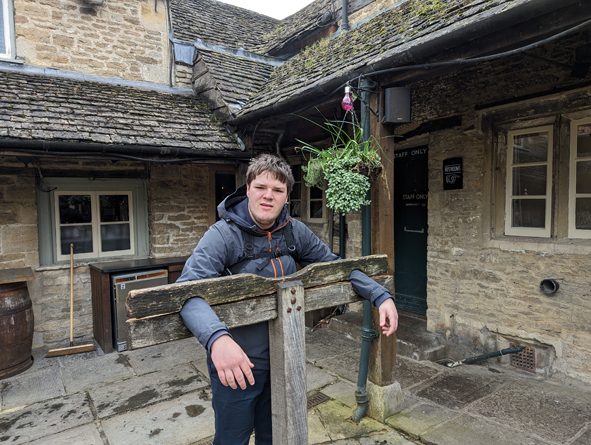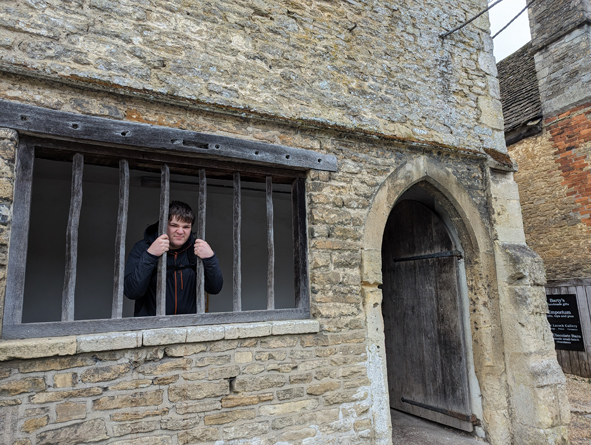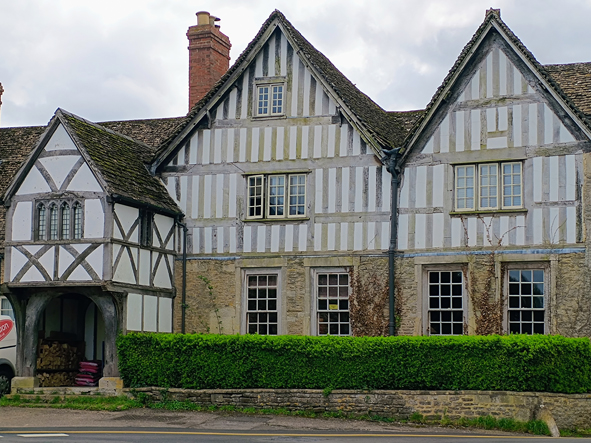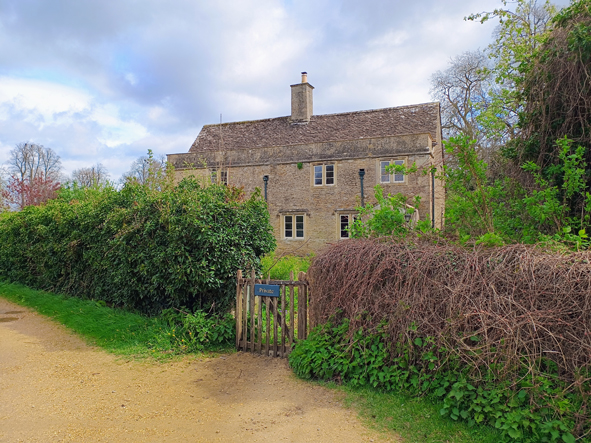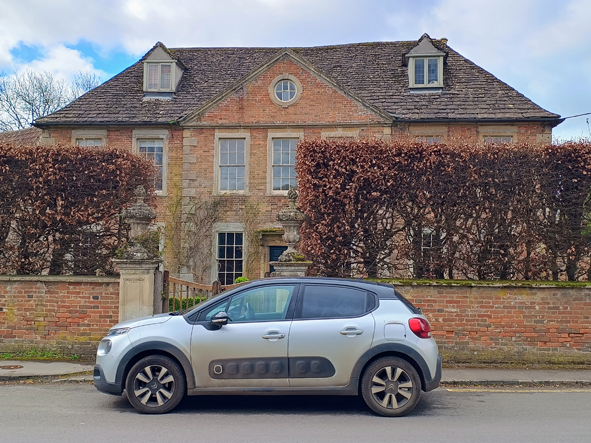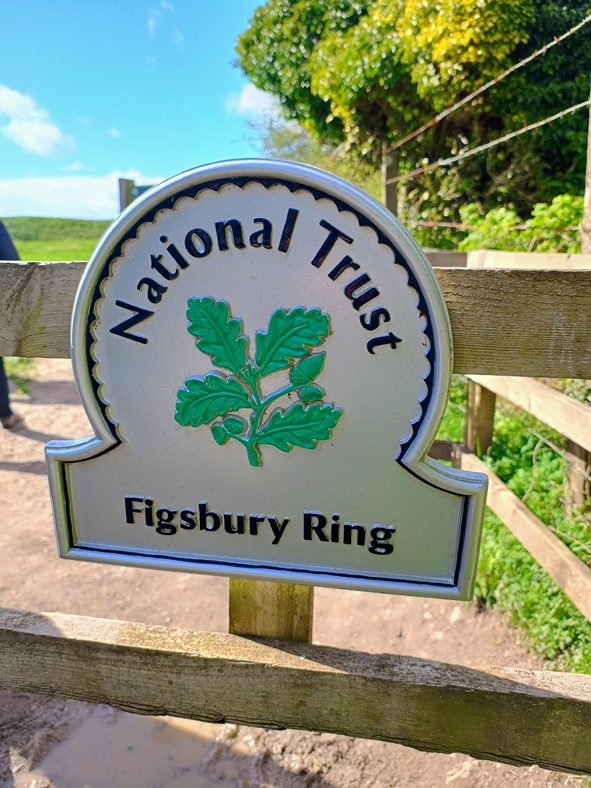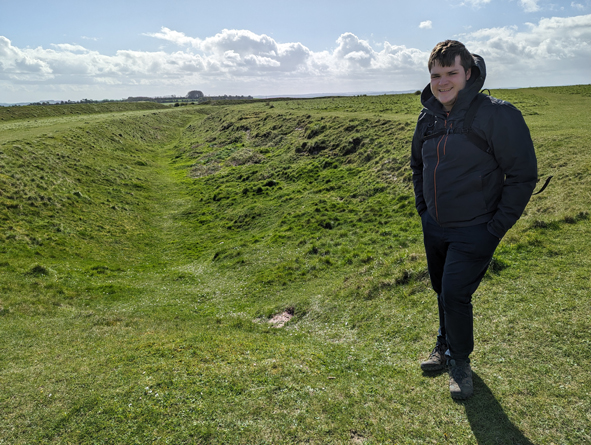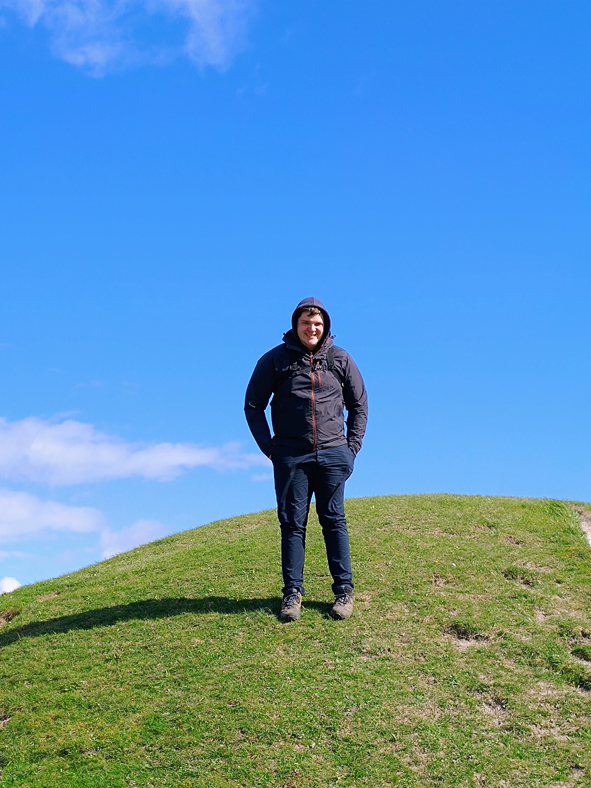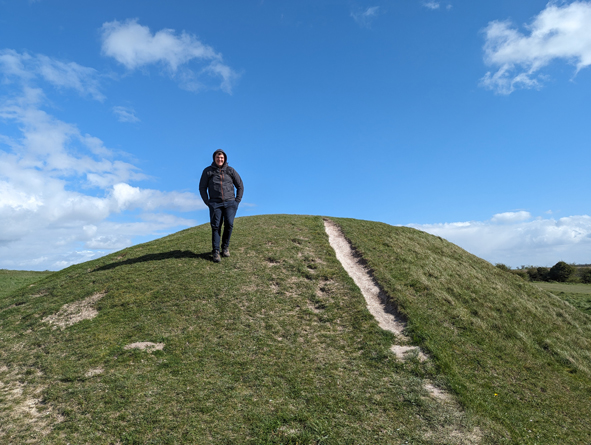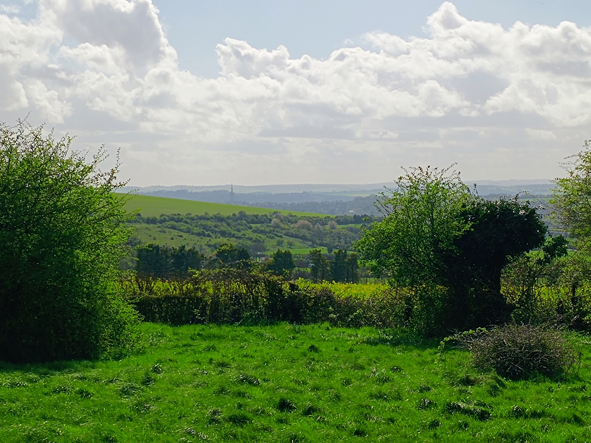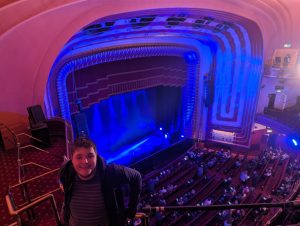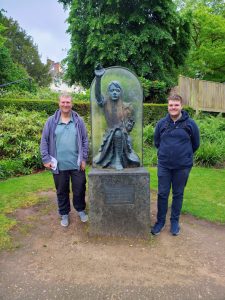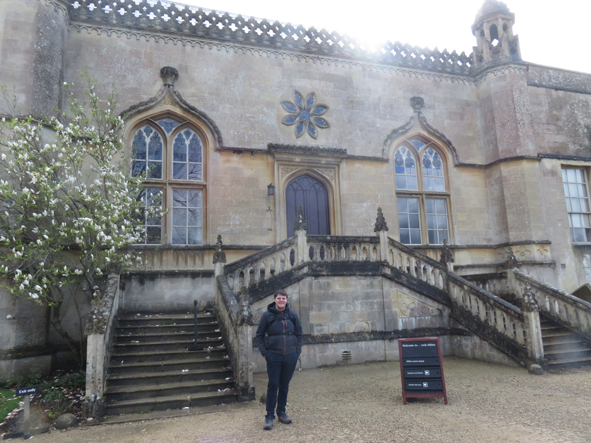
A visit to Lacock had been on our “to visit” list for a while. Several buildings in the village had been used in the Harry Potter films and the Abbey was meant to be worth a visit too. A bonus was that the Abbey and village were free to visit if you had National Trust Membership.
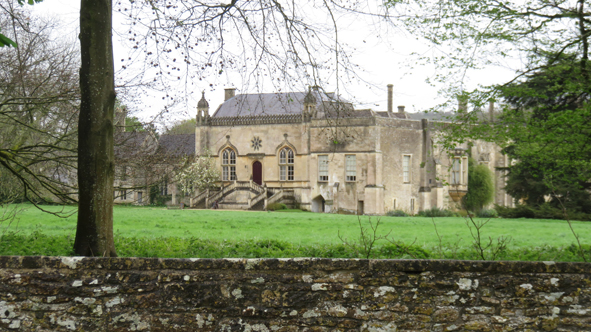
We decided to combine the visit to the Abbey with completing a Treasure Trail around the village, hoping to learn a little more about the history of the place. It worked out really well. The trail started at the car park. We broke away from the trail a couple of clues in when we past the entrance to the Abbey.
Once inside, pretty much the first place you enter is the Cloisters. These were featured in Harry Potter.
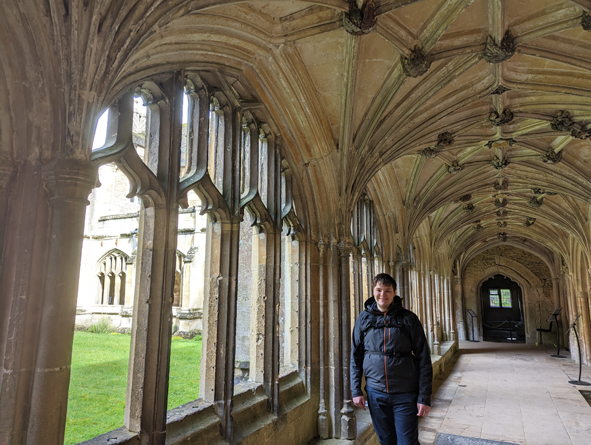
there were plenty of volunteers on hand in every room to chat about the history of the place. There was a copy of the Magna Carta and lots of carvings in the stonework of Scorpions. The abbey was bought by William Sharrington after the Dissolution of the Monasteries and the scorpion was their family symbol. Quite fitting as he managed to survive the Tudor Courts on several occasions.
William Henry Fox Talbot lived at Lacock Abbey and created the earliest-surviving photographic negative in 1835. The Fox Talbot museum at the entrance to the Abbey takes you on a journey from the early days of photography right up to modern times.
The last room you visit before leaving the abbey is the Great Hall. It’s pretty spectacular with terracotta figures adorning the walls. One of the guests with a sense of humour left a sugar cube on the goats nose. It’s now replaced every so often!
The tea rooms inside the abbey grounds were open so popped in for a coffee and slice of cake. Afterwards, we headed back for a wander around the photography museum. It was quite amusing to see the early digital cameras on display.
We picked up the Treasure Trail where we left off and the village itself is incredibly picturesque. The villagers must have the patience of saints to put up with all the visitors. The oldy-worldy heart of the village remained and was without any modern style buildings. Even the bus stop was built out of stone, with wooden uprights to define the window space (looking through, it could have been mistaken for the jail!)
There were little businesses tucked away in yards around the village. One we found was the chocolate shop – selling chocolate frogs!! All the chocolate was hand-made locally. A couple of bars were bought and tucked away in our bags, along with a couple of chocolate frogs for Zain and Zara!
Several buildings were used for houses in Harry Potter. The house on the left was Lily and James Potter house, whilst the house on the right was Horace Slughorn’s house.
After finishing the trail, it was time for a late lunch. There were plenty of pubs in the village but all had very similar menus. In the end, we opted to eat in The Red Lion, rather than retrace our steps to another pub. Food was good!
Figsbury Ring
Heading home we decided to take the country roads home and visit a couple more NT properties. First one was not signposted so we missed. We headed towards Figsbury Ring instead. To reach the site, you went along this very narrow (very few passing spaces) lane that was riddled with potholes. There was a large car park at the top.
The views from the far side of the barrows was pretty good. Salisbury was in the distance (you can just make out the spire of the cathedral in the distance. Heading back, thankfully we did not meet another car heading up the track and headed home via the A303 and past Stonehenge.
